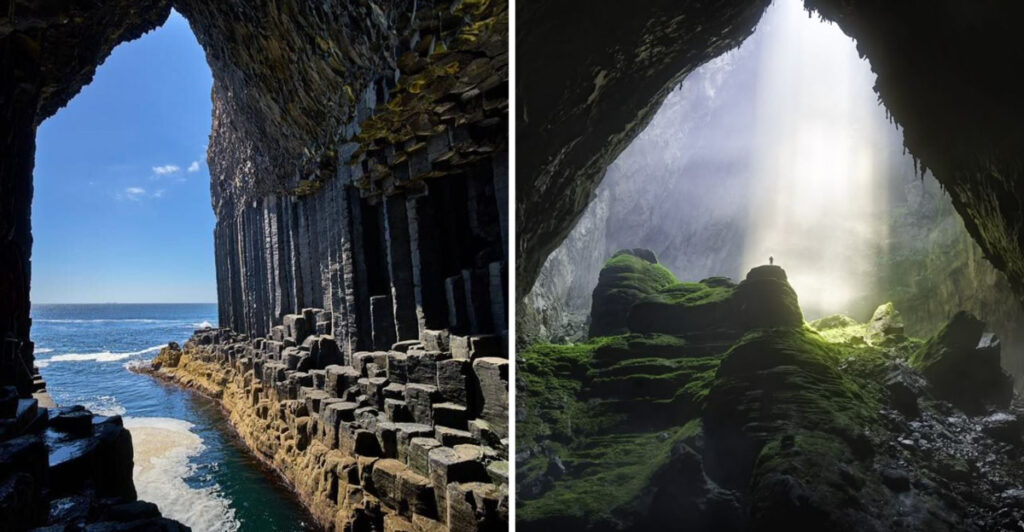Caves have fascinated humans for centuries, offering a glimpse into nature’s underground wonders. From intricate rock formations to vibrant ecosystems, these subterranean realms captivate the imagination. This article explores seven of the most stunning caves on the planet, each with its unique allure.
Waitomo Glowworm Caves

Imagine entering a world lit by bioluminescent creatures. The Waitomo Glowworm Caves in New Zealand offer such an experience. Thousands of glowworms illuminate the cave ceilings, creating a starry night underground. The soft blue-green glow is both enchanting and surreal.
Visitors can glide silently through the cave’s waterways, surrounded by a natural light show that seems otherworldly. This unique ecosystem supports only these glowworms, making it a fragile wonder.
Did you know? These glowworms are actually the larvae of a species of fungus gnat, providing a light spectacle during their immature phase.
Son Doong Cave
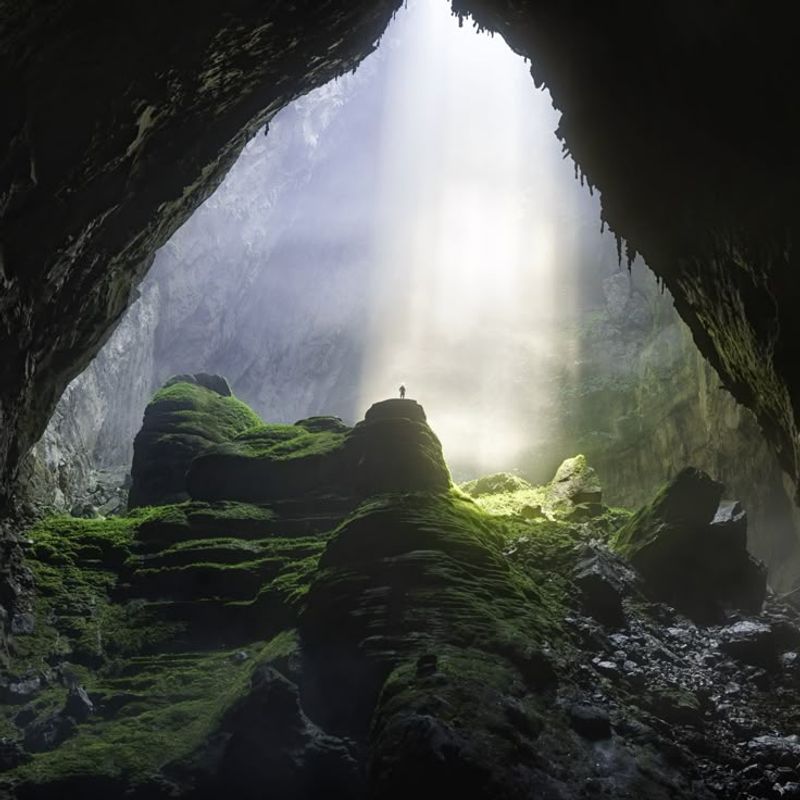
Son Doong Cave, the largest known cave passage in the world, is a realm of staggering dimensions. Located in Vietnam, its sheer scale is breathtaking, with ceilings reaching heights of 200 meters.
Explorers can discover a river coursing through the cave and entire forests growing within its vast chambers. The cave’s size even creates its own weather system, complete with clouds and mist.
A fascinating fact: Son Doong remained undiscovered until 1991, hidden beneath the dense jungle and only accessible to a few intrepid adventurers.
Eisriesenwelt Ice Cave
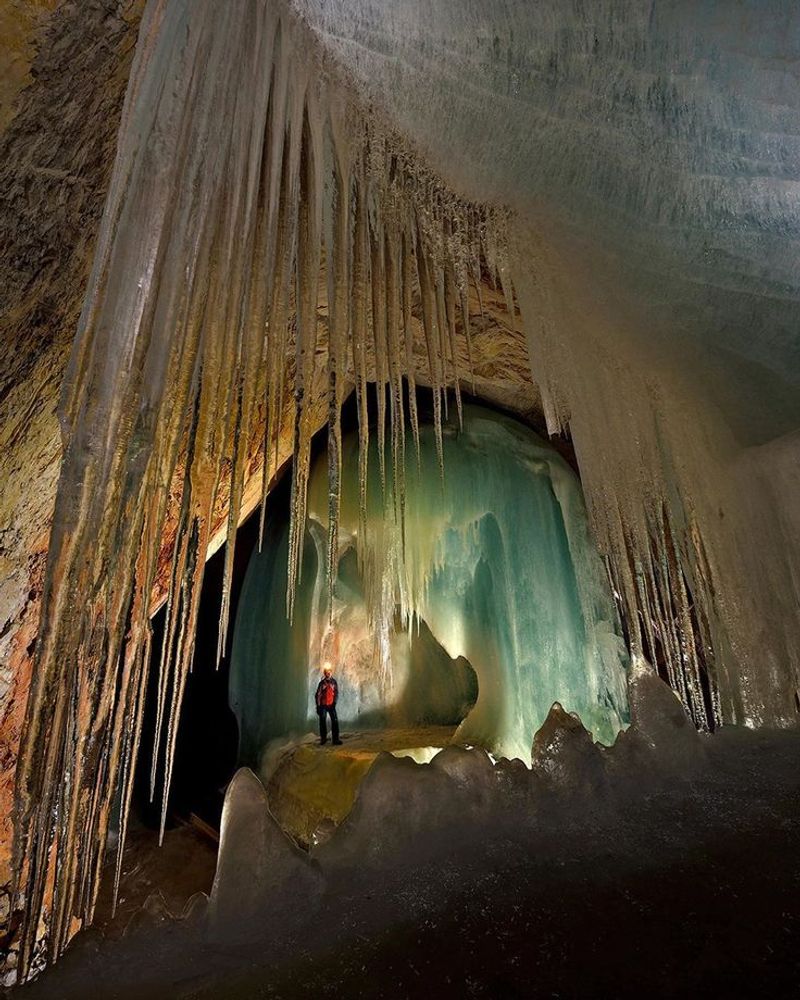
In Austria, the Eisriesenwelt Ice Cave showcases stunning, frozen formations. Known as the “World of the Ice Giants,” it spans over 42 kilometers, filled with imposing ice sculptures.
The natural artistry of the ice is accentuated by strategic lighting, revealing intricate patterns and captivating shapes. Despite its icy interior, the cave maintains a serene ambiance.
Here’s an interesting tidbit: The cave’s ice is formed by thawing snow entering the cave and freezing, creating an ever-changing ice landscape that fascinates visitors year-round.
Reed Flute Cave
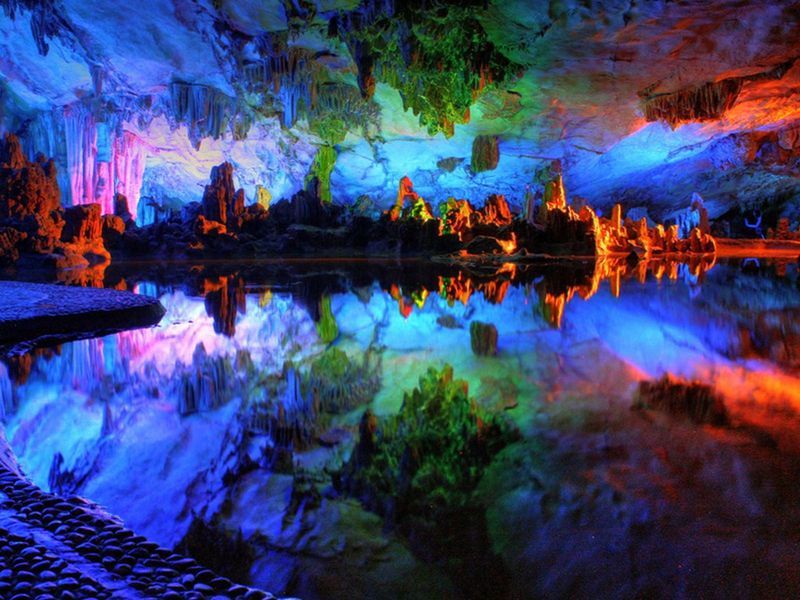
Reed Flute Cave in China is celebrated for its kaleidoscope of colors. The cave’s limestone formations are illuminated by artificial lights, casting vibrant hues that dance across the walls.
Each formation tells a story, with shapes resembling mythical creatures and ancient legends. The cave’s name comes from the reeds growing outside, historically used to make flutes.
Fun fact: This cave has been a tourist attraction for over 1,200 years, mentioned in travelogues dating back to the Tang Dynasty, making it a place of timeless allure.
Fingal’s Cave
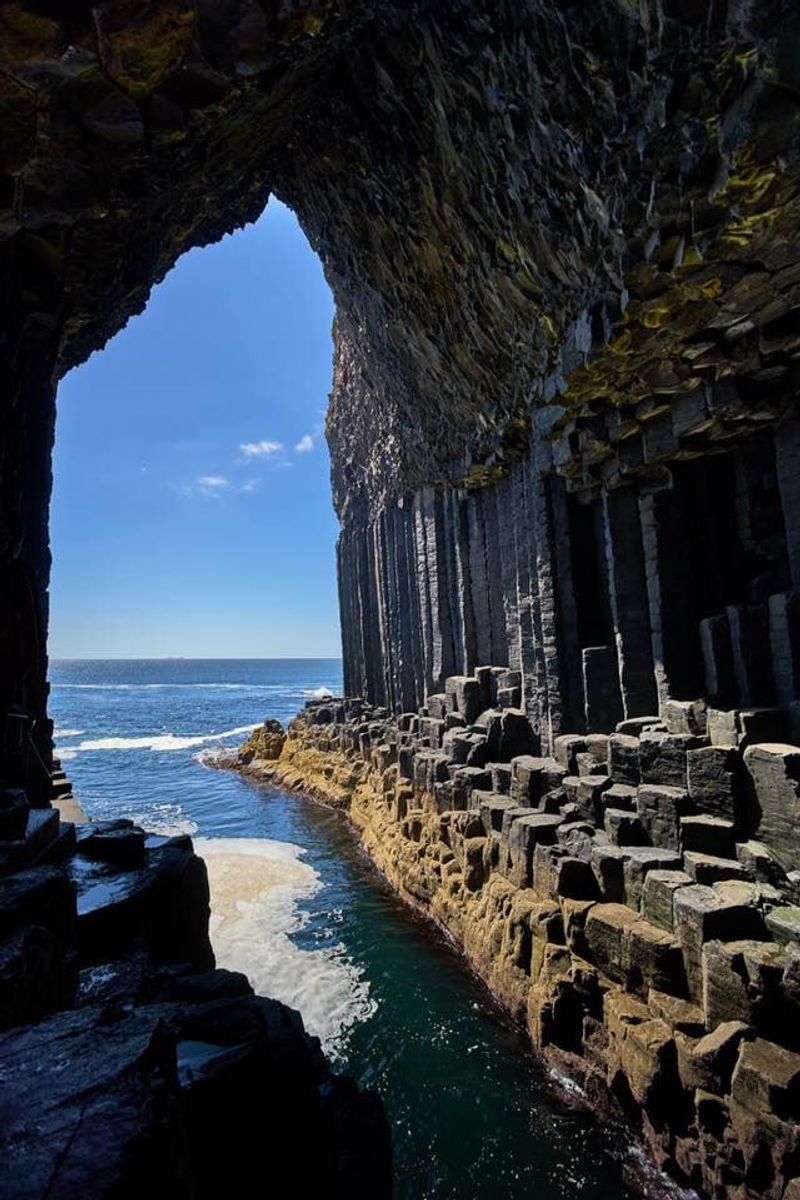
Fingal’s Cave, located on the uninhabited island of Staffa in Scotland, is renowned for its natural acoustics and unique basalt columns.
These hexagonal formations were created by ancient volcanic activity, offering a visual and auditory experience as the waves echo within. The cave’s cathedral-like atmosphere inspired composers like Mendelssohn, who captured its essence in music.
Did you know? The cave’s Gaelic name, An Uamh Bhin, means “The Melodious Cave,” a nod to its harmonious sound and structure.
Cave of Crystals
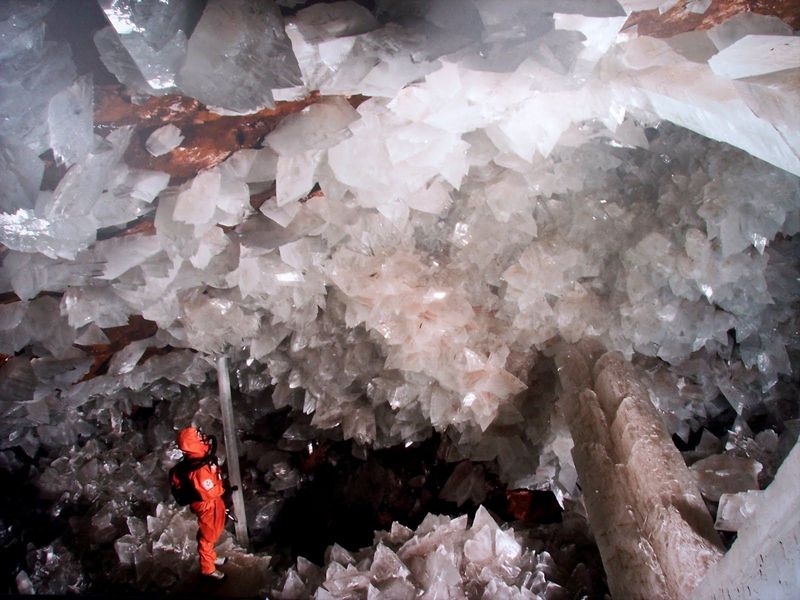
Hidden deep within Naica Mine in Mexico lies the Cave of Crystals, home to some of the largest natural crystals on Earth. These selenite formations reach lengths of over 11 meters.
The cave’s conditions are extreme, with high temperatures and humidity, creating a challenging environment for exploration. Yet, the beauty of these colossal crystals is unparalleled.
Interesting to note: The cave was only discovered in 2000 when miners accidentally broke through its walls, revealing this hidden treasure.
Blue Grotto
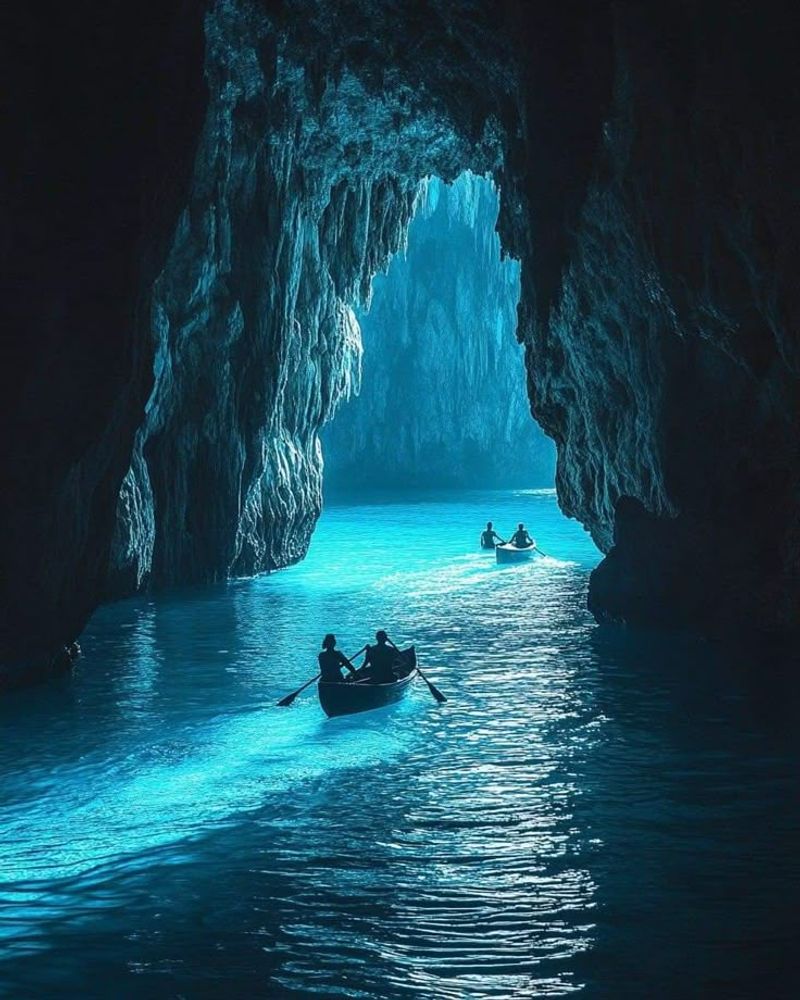
The Blue Grotto in Capri, Italy, is famed for its vibrant blue waters. Sunlight enters through an underwater cavity, reflecting off the white sand below and creating a brilliant azure glow.
This mesmerizing effect has drawn visitors for centuries, including Roman emperors who were enchanted by its beauty. The grotto’s entrance is small, allowing only small boats to pass during calm seas.
Fascinating fact: Ancient Roman structures were found within, suggesting it was once used as a nymphaeum, dedicated to sea nymphs.

